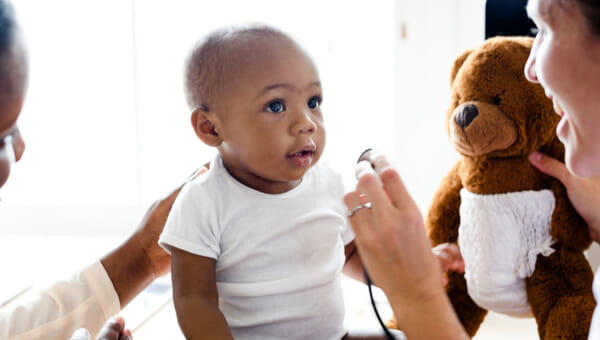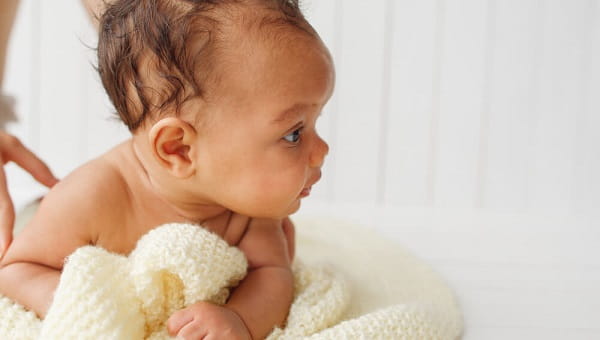First stage
In the first stage of lung development, starting about a month after conception, two tiny buds form, which will later become baby’s lungs. In the next few weeks, baby starts taking “practice” breaths.Second stage
Between weeks 5 and 16 or so, baby’s lungs start to grow like trees—literally. Each lung bud splits into branches that make up the airways, and tiny buds appear where air sacs will grow.Third stage
From week 16 to about week 26, baby’s air sacs and blood vessels start to develop, which will help deliver oxygen to baby’s blood with every breath.Fourth stage
From about 26 weeks until birth, baby’s air sacs continue to develop, and a special lubricant called “surfactant” is produced. Surfactant will help keep baby’s lungs flexible enough to take in air, and then let it out, without collapsing.Fifth stage
This final stage begins in the final few weeks of pregnancy, and continues for a few years. The air sacs develop enough to deliver oxygen, more surfactant is produced, and baby’s lungs prepare to be able to breathe outside the womb. Until birth, the lungs can only practice “breathing” fluid in and out—they don’t actually get their first test drive breathing air until your baby is born. At birth, your baby’s cries will help push all the fluid out of your baby’s lungs, and allow for fresh air to start moving in and out.
Over the next several years, your child’s lungs will continue to grow and develop, with the number of air sacs increasing by as much as 400% through the teenage years.
For more information about pediatric services, visit BayCare Kids.




